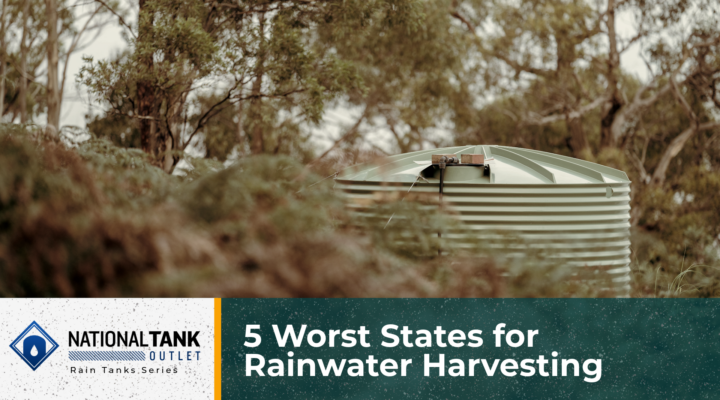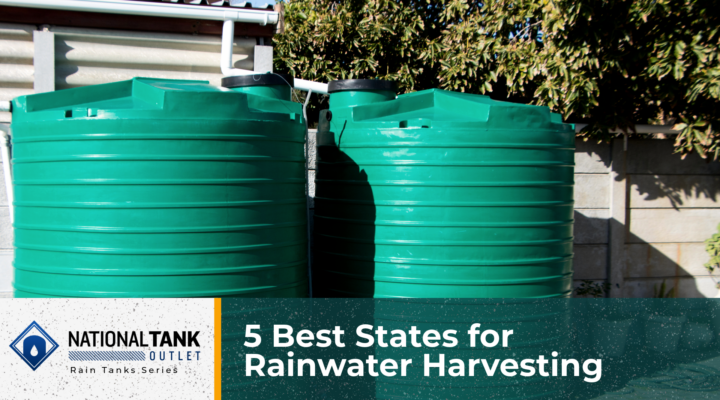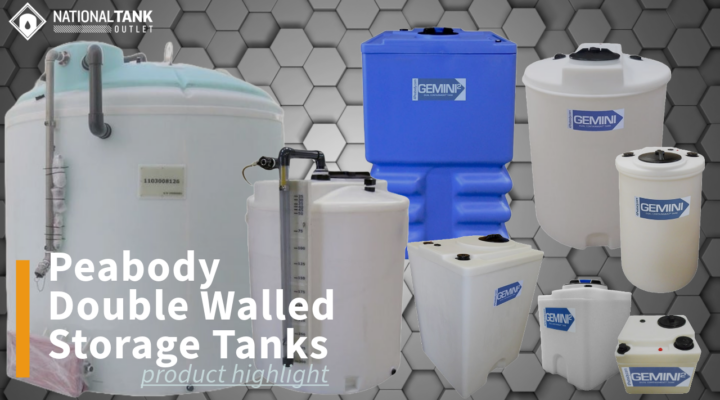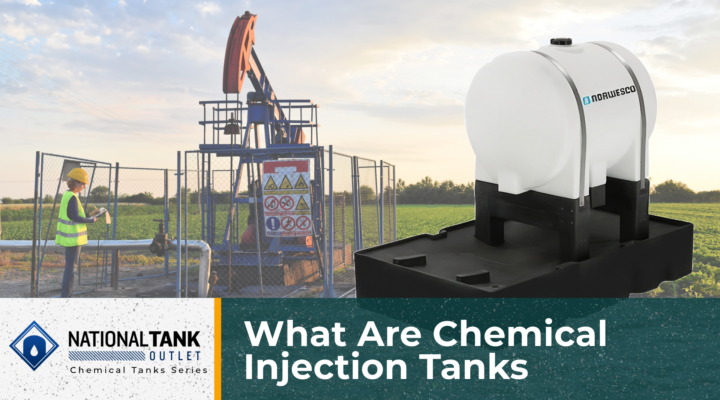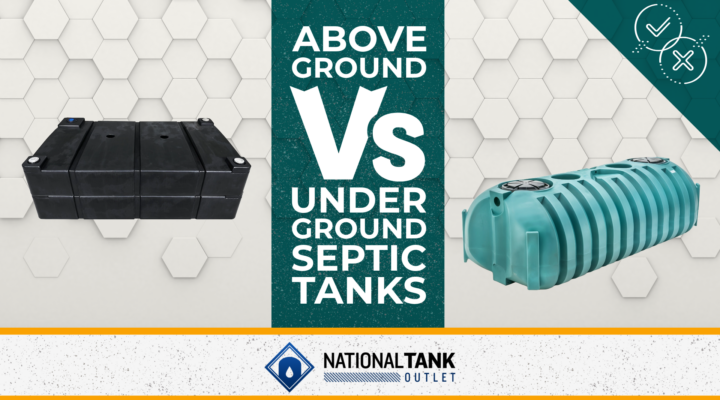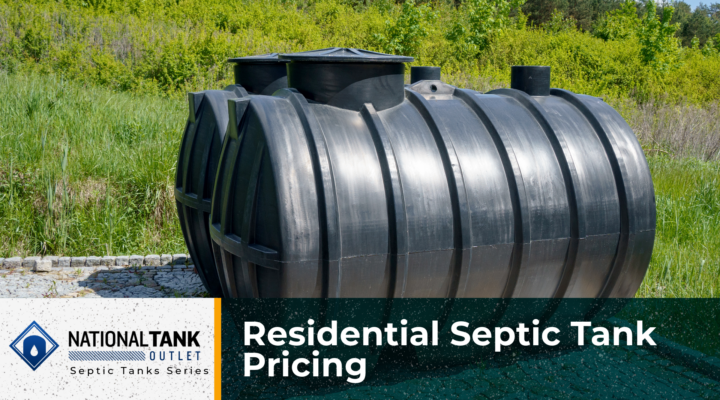Did you know that rainwater harvesting isn’t legally or practically feasible in every U.S. state? While this sustainable practice is gaining popularity as an effective way to conserve water, some states pose unique challenges that can make the activity difficult or limited. These obstacles may come in the form of restrictive regulations, minimal rainfall, or… [Read More]
5 Best States for Rainwater Harvesting
Rainwater harvesting is more than just a sustainable practice; for many, it’s a smart and cost effective way to manage water resources, especially in challenging locations or climates. Whether you’re looking to reduce your water bill, supplement your water supply, or address drought concerns, installing a rainwater harvesting system can be the perfect solution. However,… [Read More]
Product Highlight: Peabody Double Walled Storage Tanks
Introducing the Gemini Double Wall Tank When it comes to secure and reliable liquid storage, the Gemini Double Wall Tank by Peabody Manufacturing sets a high standard. Designed as a tank within a tank, this innovative storage tank provides superior protection, durability, and compliance with today’s safety regulations. Whether you’re managing pure chemicals, mixtures, or… [Read More]
What Are Chemical Injection Tanks
Chemical injection tanks are used to manage the precise and controlled handling of chemicals across a variety of industries. These specialized tanks are designed to store chemicals and be used with accurate dispensing equipment to deliver optimal performance in processes that require specific dosages of additives or treatments. From preventing corrosion in pipelines to treating… [Read More]
Above Ground vs Underground Septic Tanks
Septic tanks play a primary role in managing wastewater for homes and businesses not connected to municipal sewer systems. When properly used, they provide the safe treatment and disposal of waste while protecting both the property and the environment. When it comes to choosing a septic tank, there are two main options: above ground and… [Read More]
Commercial Septic Tank Pricing
Wastewater management is a vital necessity for commercial properties, ranging from hotels and hospitals to manufacturing facilities and retail centers. These properties often produce significant volumes of wastewater that require reliable treatment solutions, with septic tanks being a necessary choice for many businesses both in cities and rural locations. Designed to handle large scale waste… [Read More]
Residential Septic Tank Pricing
When planning a residential septic system, understanding the costs involved is a practical first step for homeowners. Residential septic tank pricing can vary widely based on points like tank type, materials, size, system type, and installation requirements. Whether you’re replacing an old system or installing one at a new property, knowing the price range and… [Read More]
